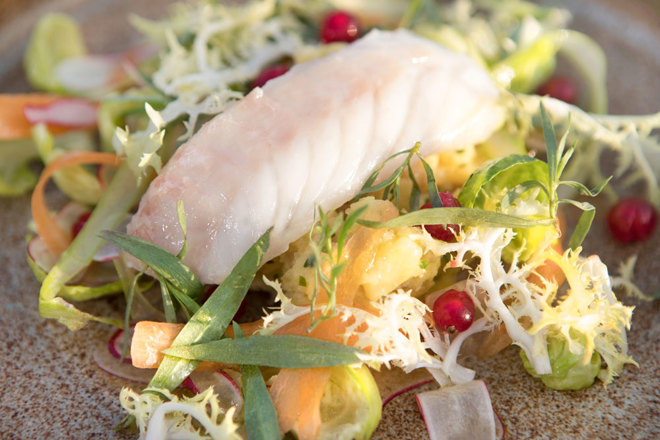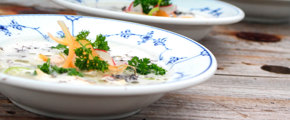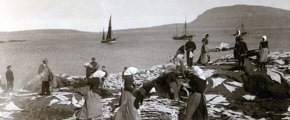Common ling
The common ling, or white ling, is a delicious fish and a member of the codfish family. Although it is relatively unknown and not widely used in everyday cooking, it has an excellent firm and textured meat with a pleasantly strong taste.
Ling is firm, tender and moist, with great texture and large flakes. When cut into fillets, ling is nearly boneless and its distinct taste is ideal for simple dishes.
Ling is often compared to both cod and lobster. Its taste is stronger than that of other codfish, but very similar, and its flesh is firm and flaky like that of lobster. The ling is also just as versatile as both cod and lobster and can be grilled, fried or boiled.
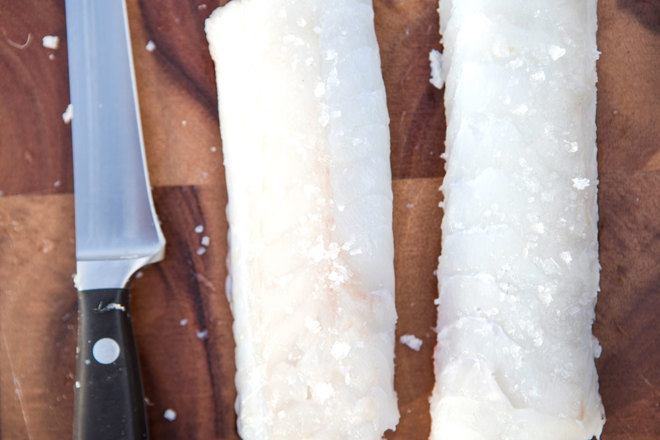
In the Faroe Islands, ling is often salted, due to its moistness. The salting process requires moist and firm fish to work properly and the ling is ideal for this.
Ling is a lean fish and the flesh is rich in protein, vitamin D, selenium, calcium and magnesium.
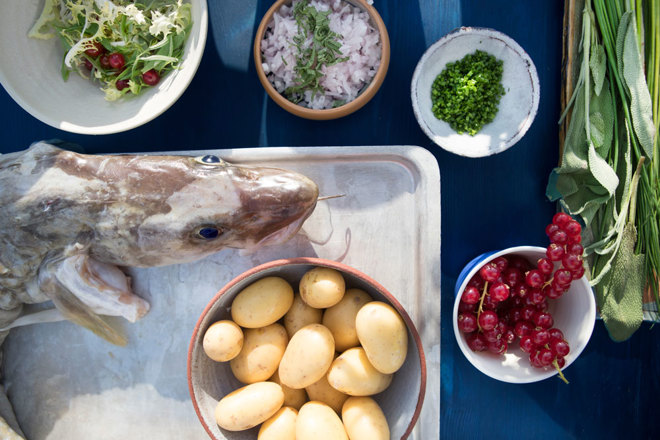
Try out this recipe for Ling fish poached in olive oil by Faroese chef Gutti Winther.
Biology
The common ling (Molva molva) is a long and slender fish. In the Faroe Islands the common ling is called longa.
Its head is quite oblong in shape with a mouth that is full of large sharp teeth and a distinct chin barbel. Ling can grow up to 200 cm in length and can weight up to 30 kg.
Ling are usually a light grey colour, sometimes with a hint of brown and their stomach is white. Ling sometimes have light blue spots or streaks that are irregular in size and shape.


They have two dorsal fins, a short one on the middle of the back, and a long one behind the short dorsal fin, running all the way to the tail fin, as well as a long posterior fin underneath. The ling’s fins are distinctive due to their gradience in colour. The outer rim is a dark brown that turns lighter in layers and the centre is white.
Both the male and female ling are sexually mature at around 5-6 years old and will spawn from July to March.
The ling is mostly a demersal fish, but is pelagic while in its larval state and while maturing. Once they have matured at around 3 years old, they will move down to deeper waters, and usually stay at a depth of between 100 and 400 metres.
Around the Faroe Islands, ling mostly keep to the shallows, but the larger fish will go as deep as 600 metres. Being pulled to the ocean surface from great depths will severely damage a ling’s swim bladder, meaning it will not survive. Anglers are therefore advised not to release ling after they are caught.
Ling are quite solitary fish, preferring a habitat with large stones and crevices in which to hide. They also like to hide in shipwrecks. Ling are found all over the Norwegian Sea, around Iceland and the Faroe Islands and along the west coasts of Scotland and Ireland.
The Faroe Islands mainly fish ling in Faroese waters fish, but also in Icelandic waters. Faroese vessels use trawls and long lines to fish for ling.

